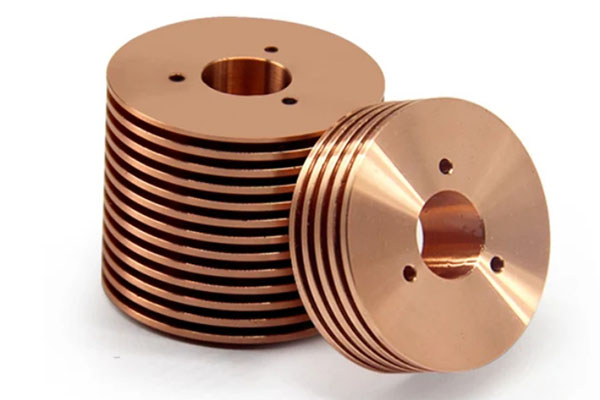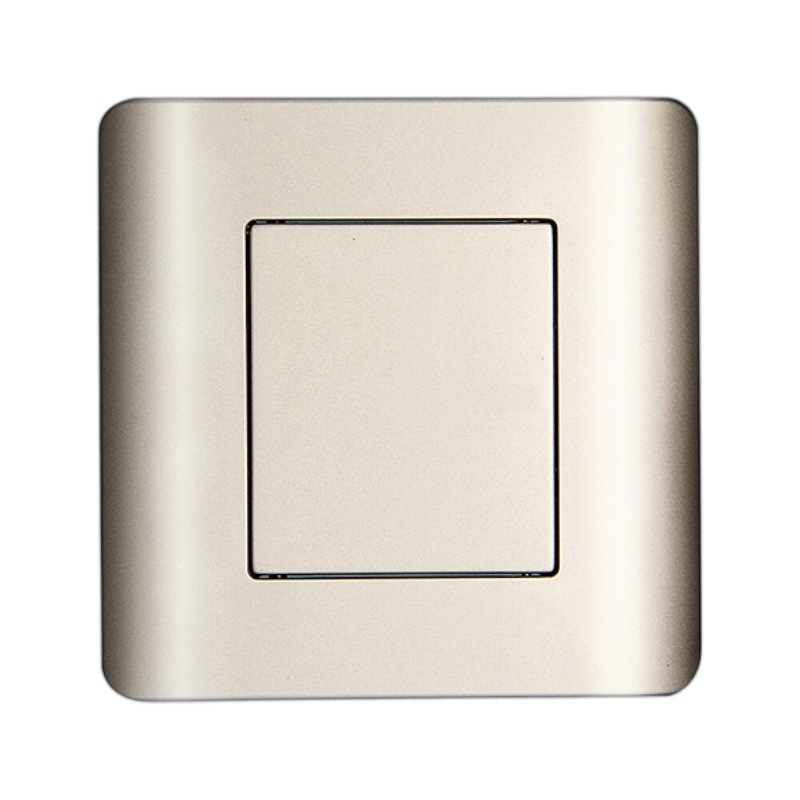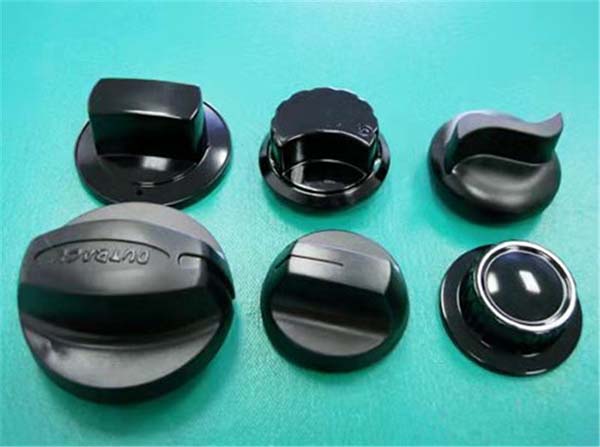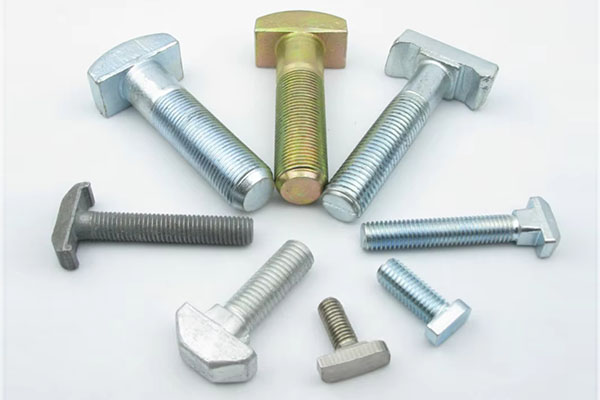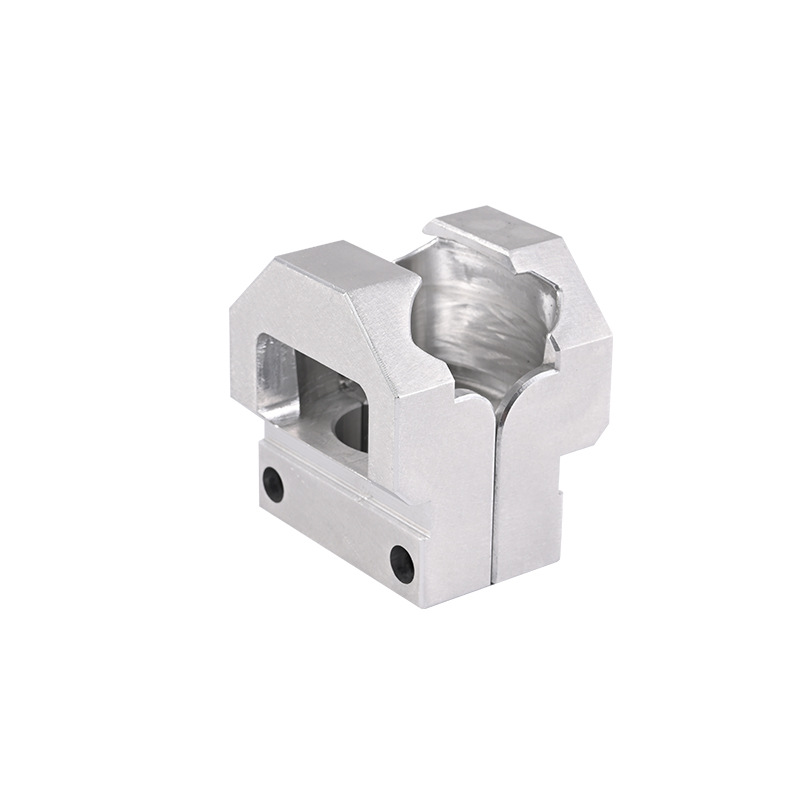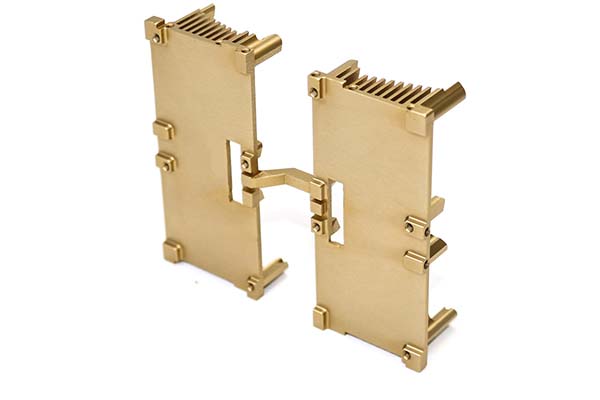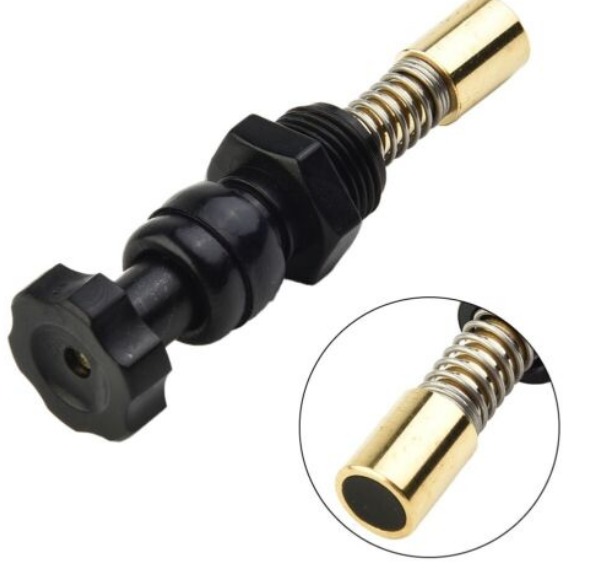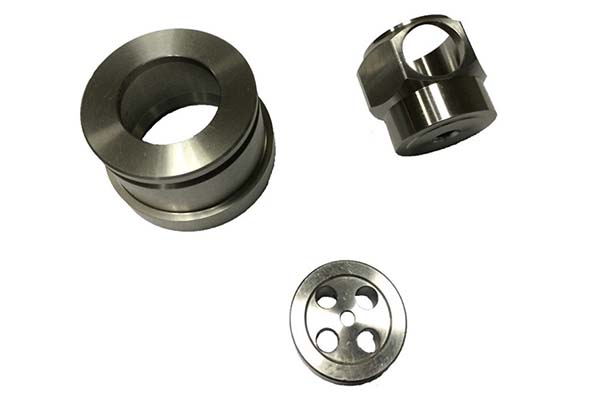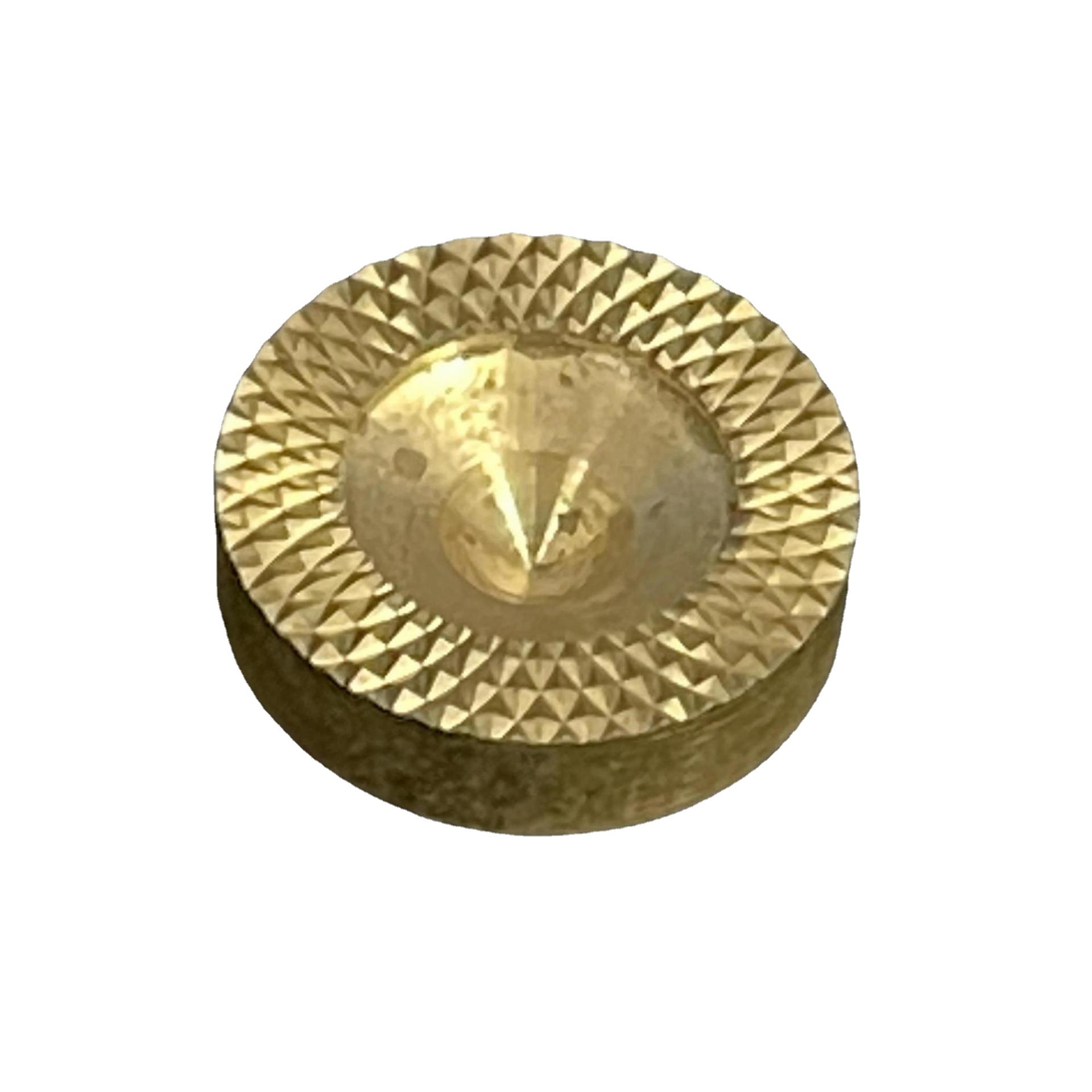C95400 aluminum bronze is a high-strength alloy widely used in demanding industries, but its machining presents unique challenges. Its combination of hardness, toughness, and abrasive properties can lead to excessive tool wear, poor surface finishes, and difficulty maintaining tight tolerances. This guide addresses these pain points, offering expert strategies to master CNC machining of C95400 aluminum bronze.
Alloy Identity & Composition
C95400 is a premium aluminum bronze with a precise chemical composition: Cu-10–11.5 %Al-3–5 %Fe-1.5 %Ni. This alloy is recognized under standards such as UNS C95400, AMS 4871, and ASTM B505, ensuring consistent quality across manufacturers.
As a high-strength bronze and primarily a cast alloy, C95400 derives its strength from aluminum, which forms intermetallic compounds during solidification. The addition of iron and nickel enhances wear resistance and toughness, making it suitable for heavy-duty applications. However, these same alloying elements increase its machinability challenges compared to softer copper alloys.
| Element | Composition Range |
| Copper (Cu) | Balance |
| Aluminum (Al) | 10–11.5 % |
| Iron (Fe) | 3–5 % |
| Nickel (Ni) | 1.5 % |
Mechanical & Physical Properties
C95400 aluminum bronze boasts impressive mechanical properties that make it a top choice for high-stress applications. Its UTS (Ultimate Tensile Strength) ranges from 85–100 ksi, with yield strength at 32–45 ksi and elongation of 12 %, balancing strength and ductility.
Hardness measures Brinell 170–200, significantly harder than many other bronzes, contributing to its wear resistance but also increasing machining difficulty. With a density of 0.269 lb/in³, it is slightly lighter than pure copper, reducing component weight in aerospace and marine applications.
Electrical conductivity is relatively low at 13 % IACS, but its thermal conductivity of 33.9 Btu·ft/(hr·ft²·°F) ensures efficient heat dissipation in components like pump sleeves. The modulus of elasticity is 15.5 Msi, indicating stiffness that helps maintain dimensional stability under load.
Machinability & Recommended Practices
Machinability Rating and Tool Selection
C95400 has a machinability rating of 60 % compared to free-machining brass (rated at 100 %), highlighting the need for specialized techniques. Carbide K20-K30 inserts are the workhorse for roughing operations, offering excellent wear resistance against the alloy’s abrasive particles. For finishing operations requiring superior surface quality, PCD finishing tools are ideal, though they come at a higher cost.
Cutting Parameters
- Cutting speed: 150–250 m/min is optimal. Lower speeds (150–200 m/min) are recommended for roughing to extend tool life, while higher speeds (200–250 m/min) can be used for finishing with PCD tools.
- Feed rate: 0.05–0.15 mm/tooth balances material removal and surface finish. Faster feeds risk tool chipping, while slower feeds may cause rubbing and heat buildup.
Coolant and Chatter Control
Flood coolant is essential when machining C95400, as it dissipates heat and flushes away chips, reducing tool wear. The coolant should have good lubricity to minimize friction between the tool and workpiece.
Interrupted cuts (common in gear and spline machining) require rigid setups to avoid chatter, which can damage tools and degrade surface quality. Using heavy-duty toolholders and ensuring proper machine rigidity helps control chatter effectively.
Surface Finish & Dimensional Accuracy
Ra 0.2–0.8 µm Finish and Tolerances
Achieving a Ra 0.2–0.8 µm finish on C95400 requires sharp tools and optimized cutting parameters. PCD tools are particularly effective for achieving these finishes, especially in finishing passes.
C95400 can hold ±0.01 mm tolerance when machined with precision equipment and proper techniques. This level of accuracy is critical for applications like aircraft fittings, where component fit is essential for safety and performance.
Burr-Free Edges and Inspection
Burr-free edges are challenging to achieve with C95400 due to its toughness. Using sharp tools with proper rake angles and implementing micro-deburring processes (such as abrasive flow machining) helps ensure clean edges.
CMM inspection (Coordinate Measuring Machine) is essential to verify dimensional accuracy, while measuring roundness <1 µm ensures proper functionality in rotating components like bushings and bearings. Form accuracy (including straightness and flatness) is maintained through careful fixturing and machining sequence planning.
Mirror Finish Pass
For applications requiring an ultra-smooth surface, a mirror finish pass with PCD tools at slow feed rates (0.02–0.05 mm/rev) and light depths of cut (0.05–0.1 mm) delivers exceptional results. This is particularly important for components where reduced friction is critical.
Target Applications & Industries
Heavy-Duty Components
Heavy-duty bushings and crane bearings rely on C95400’s high strength and wear resistance to withstand heavy loads. Its toughness makes it ideal for these applications, where durability is paramount.
Marine and Aerospace
Marine hardware (propellers, valves) uses C95400 for its excellent corrosion resistance in saltwater environments. Aircraft fittings benefit from its high strength-to-weight ratio and reliability under extreme conditions.
Industrial and Other Uses
Gears and valve bodies made from C95400 offer long service life in industrial machinery. Pump sleeves and wear plates leverage its wear resistance, while self-lubricating bushings (when paired with appropriate lubricants) reduce maintenance requirements in hard-to-reach components.
Yigu Technology specializes in machining C95400 aluminum bronze, with extensive experience in overcoming its unique challenges. Our expertise in tool selection, cutting parameter optimization, and quality control ensures that parts meet the highest standards for surface finish and dimensional accuracy. Trust us for your most demanding C95400 machining needs.
FAQs
- Why is C95400 more difficult to machine than other bronzes?
C95400’s high aluminum, iron, and nickel content increases its hardness and toughness, making it more abrasive and resistant to cutting, leading to higher tool wear and machining challenges.
- What tool material is best for machining C95400?
Carbide inserts (K20-K30 grade) are preferred for roughing, while PCD tools are ideal for finishing to achieve high surface quality and extend tool life.
- How does C95400’s corrosion resistance compare to other bronzes?
C95400 offers excellent corrosion resistance, especially in saltwater environments, surpassing many tin bronzes. This makes it a top choice for marine and offshore applications.
